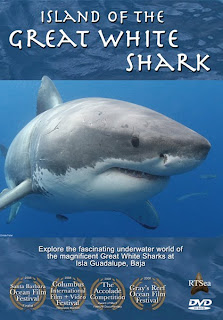In some parts of the world, endangered animals like tigers and lions are at risk because of demand on the black market for hides and other parts as either trophies/souvenirs or homeopathic "medicines" (as in the case of tigers) or because of competition with subsistence level cattlemen and farmers in developing African nations (lions).
Plains Bison At Yellowstone Park
 In the United States, one of the great but unfortunate icons of the Old West, the plains bison, or buffalo, is still teetering on the edge, following the slaughter in the 1800s that brought the bison to the edge of extinction. Today, there are actually around 500,000 bison across North America, but many are the result of cross-breeding with cattle. The challenge has been in the proper management of bison. Conservation groups and federal or state agencies differ as to the methods for keeping a healthy breeding population within a defined area.
In the United States, one of the great but unfortunate icons of the Old West, the plains bison, or buffalo, is still teetering on the edge, following the slaughter in the 1800s that brought the bison to the edge of extinction. Today, there are actually around 500,000 bison across North America, but many are the result of cross-breeding with cattle. The challenge has been in the proper management of bison. Conservation groups and federal or state agencies differ as to the methods for keeping a healthy breeding population within a defined area.A prime example are the 4,000 or so free-roaming bison in Yellowstone National Park. During harsh winter weather, bison will forage at lower elevations outside the park, and to insure that the bison do not transmit a particular bovine disease (although transmission of such has never been proven), wandering bison are killed - in the winter of 2007-2008, 1,600 bison were killed, the greatest number since the 1800s.
Several conservation organizations and other concerned groups banded together to issue The Citizen's Plan to Save Yellowstone's Buffalo. The plan was not considered by state and federal agencies and this has pushed several conservation groups to file an intent to sue the Department of the Interior for failing to act on the status of the bison as an endangered species (it has been "under review" for some time). An endangered status would require both designated protected habitat and effective (ie: non-life threatening) management.
Here's some additional info from Defenders of Wildlife and The Center for Biological Diversity (CBD).
Development Threatens Florida Panther
 In Florida, urban development has continued to encroach upon the habitat of the endangered Florida panther. Only 117 panthers remain approximately, but 21 have been lost so far in 2009, with 15 in each of the preceding two years. Most are killed by cars but one was recently found decapitated.
In Florida, urban development has continued to encroach upon the habitat of the endangered Florida panther. Only 117 panthers remain approximately, but 21 have been lost so far in 2009, with 15 in each of the preceding two years. Most are killed by cars but one was recently found decapitated.With the Florida panther listed as an endangered species since 1967, the U.S. Fish and Wildlife Service is required to insure a safe habitat but, apparently, the political pressure from developers has pushed Florida officials to drag their feet. It's a dilemma I can relate to.
Having grown up in sunny Southern California, I witnessed firsthand the expansion of my hometown, with housing moving more and more up into the base of the San Gabriel Mountains and forcing many coyotes and the occasional mountain lion to forage right within a suburban neighborhood. You could be walking the dog and find a coyote following fifty paces behind you, sizing up little Fido as a possible meal. Caught in cages or tranquilized, these animals are often released back into the hills; but many are killed, particularly if they injure someone.
In Florida, a scientific, legal petition was filed with the U.S. Fish and Wildlife Service requesting to set aside 3 million acres as "critical habitat" which would comply with the intent of the Endangered Species Act. The petition was ignored and so CBD, Public Employees for Environmental Responsibility, and Council of Civic Associations have jointly filed notice of intent to sue the U.S. Fish and Wildlife Service.
Info from Miami Herald/Center for Biological Diversity.























































